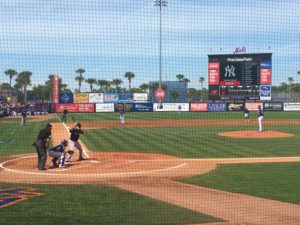Minor League BABS Ratings Page
Our regular BABS ratings are based on anticipated major league playing time. Players who are not expected to see many PAs or IPs — particularly minor league prospects — might have ratings that barely register on the BABS scale. For that reason, evaluating minor league numbers is one way to provide some more color.
Of course, minor league performance is not the same as major league performance, so we like to convert those minors numbers into major league equivalent stats (MLEs), which account for level of play, park factors and the like. Using MLEs, BABS can figure out an appropriate rating to attach to these performances.
These are not necessarily indicators of future potential, just snapshots of how these players fared each year in the minors. Their future expectations take these data points into account, as well as any other relevant information. In tandem with their respective Liability costs, we get a fuller picture.
The following charts contain the major league equivalent BABS ratings for nearly all Double-A and Triple-A players.
 2022 BATTERS: VIEW | EXCEL
2022 BATTERS: VIEW | EXCEL
2022 PITCHERS: VIEW | EXCEL
2021 BATTERS: VIEW | EXCEL
2021 PITCHERS: VIEW | EXCEL
2019 BATTERS: VIEW | EXCEL
2019 PITCHERS: VIEW | EXCEL
2018 BATTERS: VIEW | EXCEL
2018 PITCHERS: VIEW | EXCEL
2017 BATTERS: VIEW | EXCEL
2017 PITCHERS: VIEW | EXCEL
For players expected to get AB/IP in the coming season, BABS incorporates some of these MLEs as part of the process of constructing the major league ratings. But it’s helpful to see the seeds of where it started, especially for players with little MLB experience.
CAVEATS:
The level of playing time that generated these end-of-season ratings is important to keep in mind. Have more confidence in ratings generated by “F”ull-time players over “M”id-timers, and expect much larger error bars around “P” and especially “No-timers.”
Pay close attention to each player’s age. Terrific BABS ratings for players over 25 or 26 should be significantly discounted.
